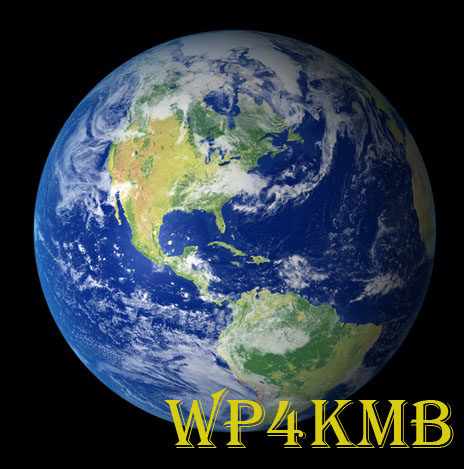1240-1300 MHz discussed at CEPT SE 40 meeting
1240-1300 MHz discussed at CEPT SE 40 meeting
 The 69th meeting of CEPT ECC Working Group SE-40, held June 23-25, discussed the amateur radio 1240-1300 MHz band, the meeting documents are now available.
The 69th meeting of CEPT ECC Working Group SE-40, held June 23-25, discussed the amateur radio 1240-1300 MHz band, the meeting documents are now available.
Several contributions were received for the ECC Report dealing with the coexistence between the radionavigation-satellite service and the amateur service in the frequency band 1240 – 1300 MHz. The contributions were incorporated in the draft ECC Report. The CPG arrangements for the preparation of WRC-23 for AI 9.1 topic b) was noted.
The Russian Federation noted:
1240-1260 MHz is by the GLONASS system
1260-1300 MHz are used by EU’s Galileo, Beijing’s Beidou, Japan’s QZSS and is planned to be used by Korea’s KPS.
Among the documents available in Input, Info and Minutes are:
• SE40(20)052 Amateur Repeaters – IARU-R1
• SE40(20)051 Section 2 update WI_39 – IARU-R1
• SE40(20)050 Annex Draft report RNSS Amateur – Russian Federation
• SE40(20)049 Suggestions for RNSS and Amateur Service Compatibility – Russian Federation
• Info 1 Amateur repeaters 23 cm – IARU-R1
• Info 3 Letter to SE40 chairman on updated of ITU-R M.1092 – European Commission
• Minutes
• SE40(20)56A3 (1) Draft Report Amateur vs RNSS
Download the meeting documents from
https://www.cept.org/ecc/groups/ecc/wg-se/se-40/client/meeting-documents/?flid=27561
m5aka
AMSAT-UK
Powered by WPeMatico



